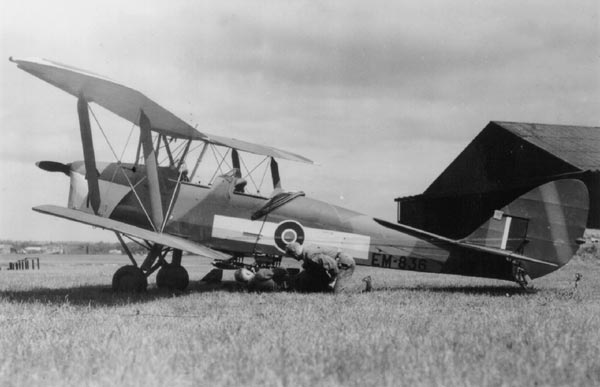Team Fusion 5.00
- Badlego
-
 Offline
Offline
- Beiträge: 423
- Dank erhalten: 14
Jetzt fängt TF also schon an sich Flugzeuge auszudenken...
Bitte Anmelden oder Registrieren um der Konversation beizutreten.
- Gotha229
-
 Offline
Offline
- Beiträge: 1620
- Dank erhalten: 385
Vielleicht ist das aber echt nur eine Demo, um zu zeigen, was sie alles modellieren und animieren können.
Es wird riesig um Waffenwirkung oder nur einzelne Panzerplatten diskutiert, da denk ich ned, dass das hier was ernsthaftes wird. Vielleicht echt witzig für nen Tiger Moth only Server, aber wird sicher in keiner Kampagne oder ATAG Mission auftauchen.
Bitte Anmelden oder Registrieren um der Konversation beizutreten.
- Pylon
-
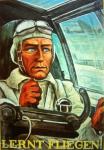 Offline
Offline
- Beiträge: 2218
- Dank erhalten: 1152
 |
| Leutnant 'Pylon' Rottenflieger 2./ JG4 |
Bitte Anmelden oder Registrieren um der Konversation beizutreten.
- Karaya
-
 Offline
Offline
- Beiträge: 2147
- Dank erhalten: 1207
On the 9th of February 1942, the RAF flew its final sortie from the Kallang airfield, in the eastern part of Singapore City.
This sortie featured Flight Lieutenant Harry Dane and another unknown pilot from the Malayan Volunteer Air Force, who flew their Tiger Moths fitted with 8 twenty pound fragmentation bombs on the lower wing of the biplanes, which were released by a lever in the cockpit. Amazingly the two planes and pilots survived their mission bombing the advancing Japanese forces, and evacuated Singapore to travel to Sumatra the next day.
Among the training and communication aircraft armed for Operation Banquet in July 1940, 350 Tiger Moths were fitted with prefabricated bombracks for frag and gas bombs, and an unidentified number of others were fitted with spraying gear for "Paris Green" insecticide
This story is by Ben French, an aircraft ground engineer at No 1 Elementary Flying Training School, Hatfield 1940.
Banquet Lights’ ‘Tiger Moth Bombers’
By June 1940 Europe had been overrun by German troops, the remnants of the British Army had been evacuated from Dunkirk and most of their arms had been left in France.
Desperate measures were required to fend off an invasion of Britain. This became so serious that it was decided to fit bomb racks to De Havilland ‘Tiger Moth’ training aircraft and an operation, code name ‘Banquet Lights’, was planned.
The proposed scheme was that the Tiger Moths would fly to an advanced landing ground near the coast where eight 20lb bombs would be loaded, then fly to the beaches and bomb the invading troops. As one can imagine this was considered a suicide mission and no one was in any doubt about it, especially the pilots.
Volunteers from among the civilian ground engineers of No 1 Elementary Flying Training School, Hatfield were asked to go on this operation to service and load the bombs at the A.L.G.
A parachute, flying suit, service gas mask, tin helmet and gas cape were issued and stored in a metal locker with the engineer’s name on the door. At home an attaché case was packed with washing equipment, tooth brush, etc ready for immediate departure, they were also reminded of the ‘Official Secrets Act’ which forbade them to mention this operation to anyone.
Instruction how to load and fuse the eight 20lb anti-personnel bombs carried on the racks was given by the flying school armourer. The pilot flew from the front cockpit and released the bombs via a Bowden cable.
It was rumoured at the time that bombs which had been used on the prototype racks in the Experimental Department were live and not dummies, it was made sure that those used for practice loading and dropping onto a mat on the hangar floor were filled with sand. Some of the flying instructors practised their low flying skills at the designated low-flying area near Wheathampstead.
Major Hereward de Havilland was very much involved in this project and could often be seen on the far side of the aerodrome flying and dropping practice bombs from the first Tiger Moth fitted with bomb racks.
How near was this operation before coming into practice?
It was at the ‘Red Alert’ stage where an engineer was given a list of names and addresses and told to contact the names and addresses on the list, he was to say “Banquet Lights” and not enter into any further conversation. If the person was not at home the engineer was to leave a message for them to phone the Chief Engineer as soon as possible.
At that time everyone was expecting an invasion, fortunately ‘Banquet Lights’ was not required and after a year all the kit was returned to the stores.
1500 bomb racks were made and distributed to Flying Schools around the country
Bitte Anmelden oder Registrieren um der Konversation beizutreten.
- Jos
-
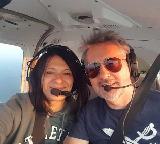 Offline
Offline
- Beiträge: 515
- Dank erhalten: 296
- Continu0
-
 Offline
Offline
- Beiträge: 861
- Dank erhalten: 208
GrafZorn schrieb: Ich sehe Zeitverschwendung!
Naja... vermutlich ist die Motte einfach als erstes fertig geworden. Viele Änderungen sind da ja nicht dran und gleichzeitig konnte man wohl einige Technologien ausprobieren (Lean-To-Gunsight, Waffe auf Flugzeug bauen, Ladeanimation). Auch wenn das Ding kaum geflogen werden wird, entwicklungstechnisch macht es für mich Sinn... das ganze ist ja ein Lernprozess für TF. Und deshalb finde ich es eigentlich ganz ermutigend zu sehen, dass sie Waffen einbauen können, Animationen gestalten können, Modelle abändern können, etc...
Als nächtes werden wir wohl die E-7 sehen, da es dort auch nur wenige Veränderungen gibt...
Bitte Anmelden oder Registrieren um der Konversation beizutreten.
- DUI
-
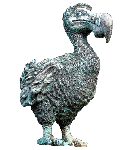 Offline
Autor
Offline
Autor
- Beiträge: 3024
- Dank erhalten: 1105
Was ist das für eine Schiffsklasse? Für Zerstörer etwas zu dick, oder?
In den letzten Sekunden des Videos gibts übrigens noch ein Uboot zu sehen.
Bitte Anmelden oder Registrieren um der Konversation beizutreten.
- yoda
-
Offline
- Beiträge: 247
- Dank erhalten: 114
Aber genau kann ich es auch nicht sagen.
Bitte Anmelden oder Registrieren um der Konversation beizutreten.
- DUI
-
 Offline
Autor
Offline
Autor
- Beiträge: 3024
- Dank erhalten: 1105
TF hat übrigens noch eine interessante Information zum Umfang des Patches nachgereicht:
We have modelers working on 7 new or new versions of aircraft types, 5 new shipping types, 6 new vehicle/gun types, many building types, new map tool, plus all the sound, FM, texture, skins, etc. required to provide players with a complete immersive experience.
But just in aircraft, there are another 5 types which we would like to add and which could still use modelers...
Bitte Anmelden oder Registrieren um der Konversation beizutreten.
- Lebano
-
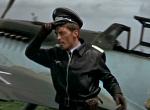 Offline
Offline
- Beiträge: 3871
- Dank erhalten: 4193
Ich will ja nicht mekern, aber sollte der Fokus wirklich auf so detailverliebten Schiffen liegen? Meines Erachtens nach gibt es driftigere Dinge, wo Hand angelegt werden sollte - aber gut...
 |
| Major 'Lebano' Stabsangehöriger Geschwaderstab / JG4 |
Bitte Anmelden oder Registrieren um der Konversation beizutreten.





